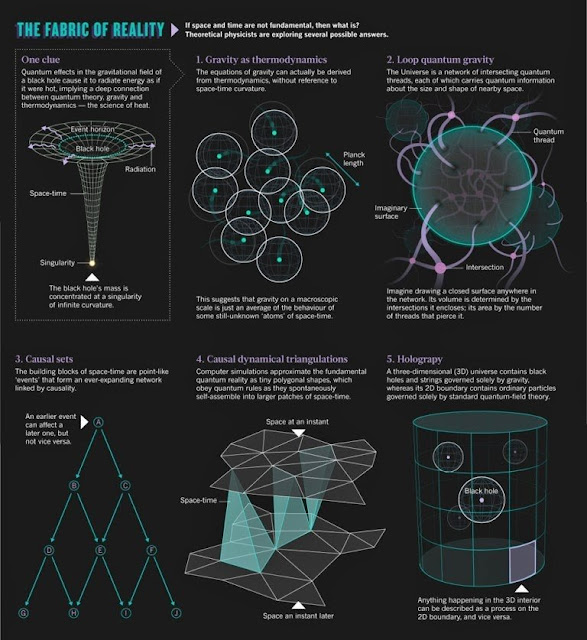Subsequent evolution | Terrestrial planets
Subsequent evolution
The planets were originally thought to have formed in or near their current orbits. From that, a minimum mass of the nebula i.e. the protoplanetary disc was derived that was necessary to form the planets – the minimum mass solar nebula. It was derived that the nebula mass must have exceeded 3585 times that of the Earth.
However, this has been questioned during the last 20 years. Currently, many planetary scientists think that the Solar System might have looked very different after its initial formation: several objects at least as massive as Mercury were present in the inner Solar System, the outer Solar System was much more compact than it is now, and the Kuiper belt was much closer to the Sun.
Terrestrial planets
At the end of the planetary formation epoch, the inner Solar System was populated by 50–100 Moon- to Mars-sized planetary embryos. Further growth was possible only because these bodies collided and merged, which took less than 100 million years. These objects would have gravitationally interacted with one another, tugging at each other's orbits until they collided, growing larger until the four terrestrial planets we know today took shape. One such giant collision is thought to have formed the Moon (see Moons below), while another removed the outer envelope of the young Mercury.
One unresolved issue with this model is that it cannot explain how the initial orbits of the proto-terrestrial planets, which would have needed to be highly eccentric to collide, produced the remarkably stable and nearly circular orbits they have today. One hypothesis for this "eccentricity dumping" is that the terrestrials formed in a disc of gas still not expelled by the Sun. The "gravitational drag" of this residual gas would have eventually lowered the planets' energy, smoothing out their orbit. However, such gas, if it existed, would have prevented the terrestrial planets' orbits from becoming so eccentric in the first place. Another hypothesis is that gravitational drag occurred not between the planets and residual gas but between the planets and the remaining small bodies. As the large bodies moved through the crowd of smaller objects, the smaller objects, attracted by the larger planets' gravity, formed a region of higher density, a "gravitational wake", in the larger objects' path. As they did so, the increased gravity of the wake slowed the larger objects down into more regular orbits.


Comments
Post a Comment